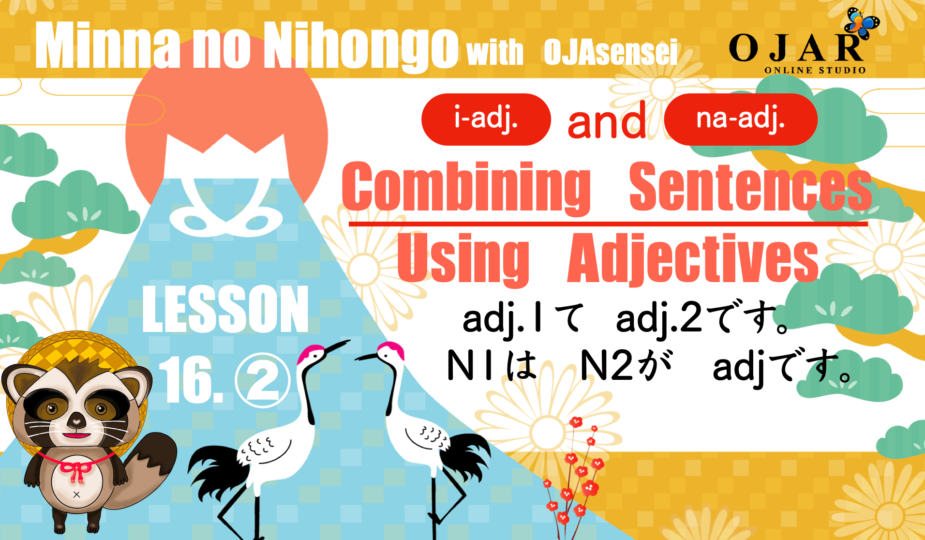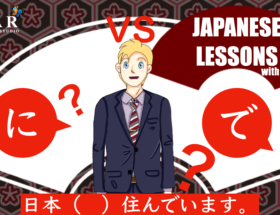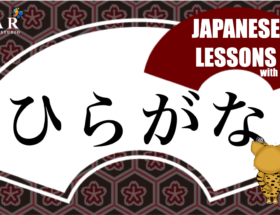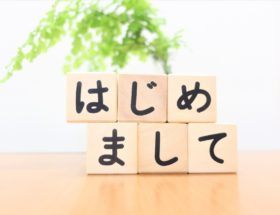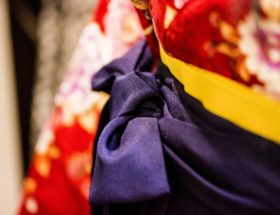こんにちは、みなさん🐶 おじゃちゃんです。
Today is “Minna no Nihongo lesson 16 ② : Combining Sentences Using Adjectives”. It has been a while since I gave the lessons of adjectives. Do you remember? You can learn “How to conjugate adjectives” and “How to combine sentences using adjectives” in this lesson.
Let’s get started!
Minna No Nihongo: Beginner 1, 2nd Edition (Japanese)
Customer Reviews:★★★★☆
Publisher : 3A CORPORATION; 2nd Edition (March 16, 1998)
CONTENTS
Conjugating Adjectives
Let’s learn how to conjugate adjectives a little before you learn combining sentences using adjectives.
There are 2 type of adjectives in Japanese. One is “イ形容詞 i keiyoushi i-adjective” and the other is “ナ形容詞 na keiyoushi na-adjective”.
You can learn “The difference between i-adjectives and na-adjectives” here!
You can use this form when you want to say “(Subject) (to be) adj1, and adj 2”.
■ How to conjugate i-adjective
“i-adjectives” always end with “い” in the conclusive form like “高い takai high” and “新しい atarashii new” etc.
You can learn the detail lesson “i-adjective”.
So how to conjugate “i-adjectives”?
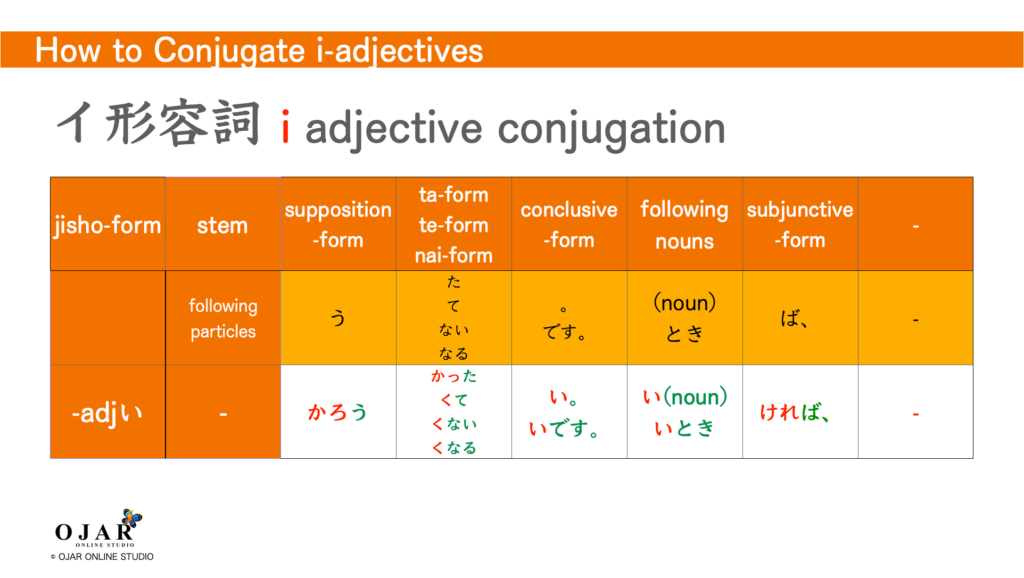
The end of the word “い” transforms the red words in the image depending on the following green particles.
You don’t have to learn all of these conjugations for now.
In this lesson, you only use ta-form, te-form, and conclusive-form.
For example;
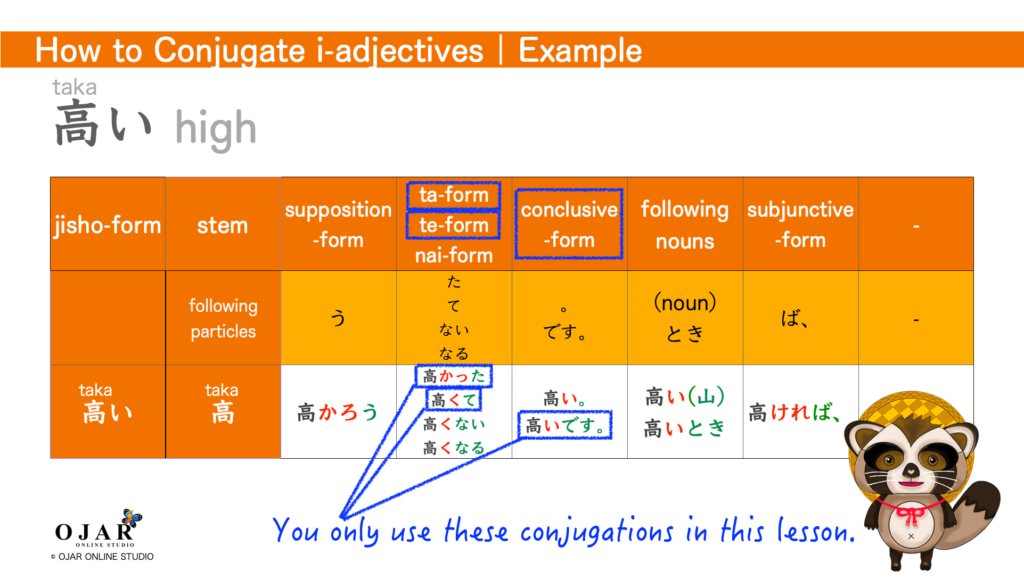
When you use “高い high” in the present tense, you just add “です” on the end of the word like;
高い + です = 高いです。
It is high.
However, when you use “高い” in the past tense, you need to use ta-form and add “です” at the end of the word like;
高かった + です = 高かったです。
It was high.
this “た” indicates “the past tense” itself like “-ed” in English. So you don’t have to add “でした” instead of “です”.
When you make a te-form adjective, change “い” to “く” like;
高い + て = 高くて
It is high and~.
■ How to conjugate na -adjective
“
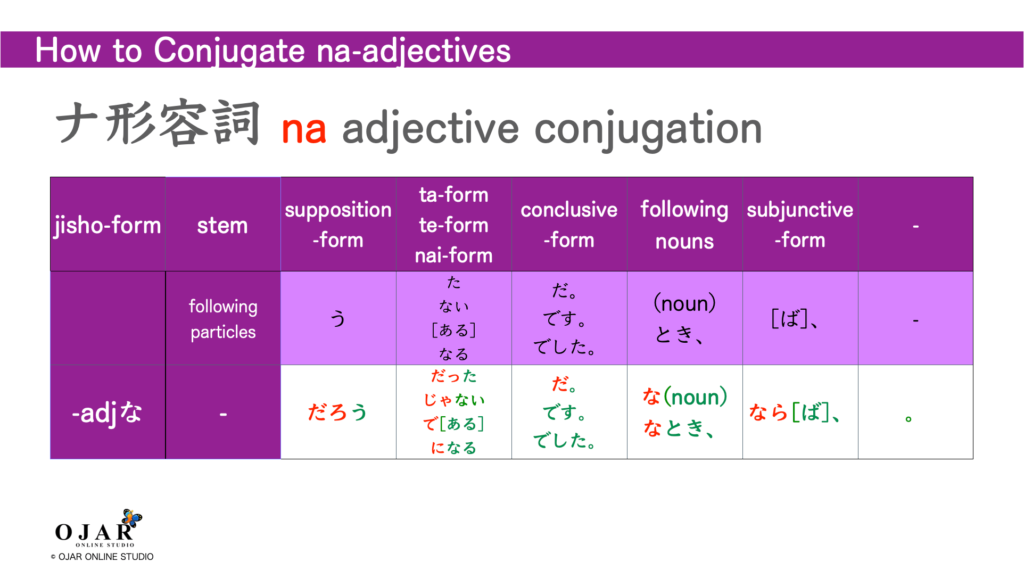
The end of the word “な” transforms the red words or is omitted in the image depending on the following green particles.
In this lesson, you only use te-form and the conclusive-form.
For example;
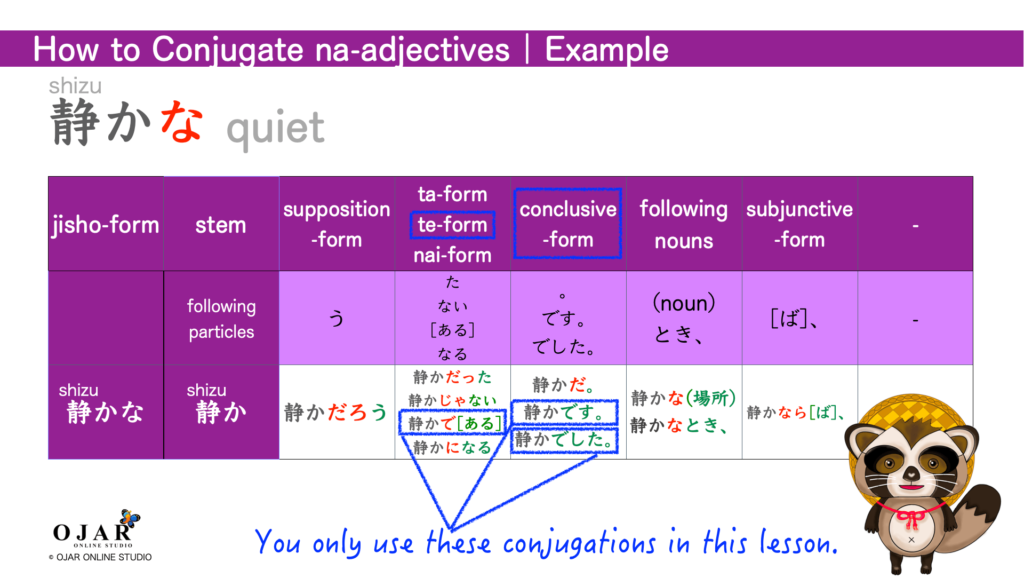
When you use “静かな quiet” in the present tense, you delete な of the end and add “です” at the end of the word like;
静かな + です = 静かです。
It is quiet.
And when you use “静か” in the past tense, you also delete な of the end and add “でした” at the end of the word like;
静かな + でした = 静かでした。
It was quiet.
But 静かだったです。is wrong. Be careful.
When you make a te-form adjective, change “な” to “で” like;
静かな + て = 静かで
It is high and~.
Combining Sentences Using Adjectives
When you combine adjectives in the sentence, you use te-form, and the conclusive form depending on the tense.
■ Combining Sentences Using Adjectives in the Present Tense
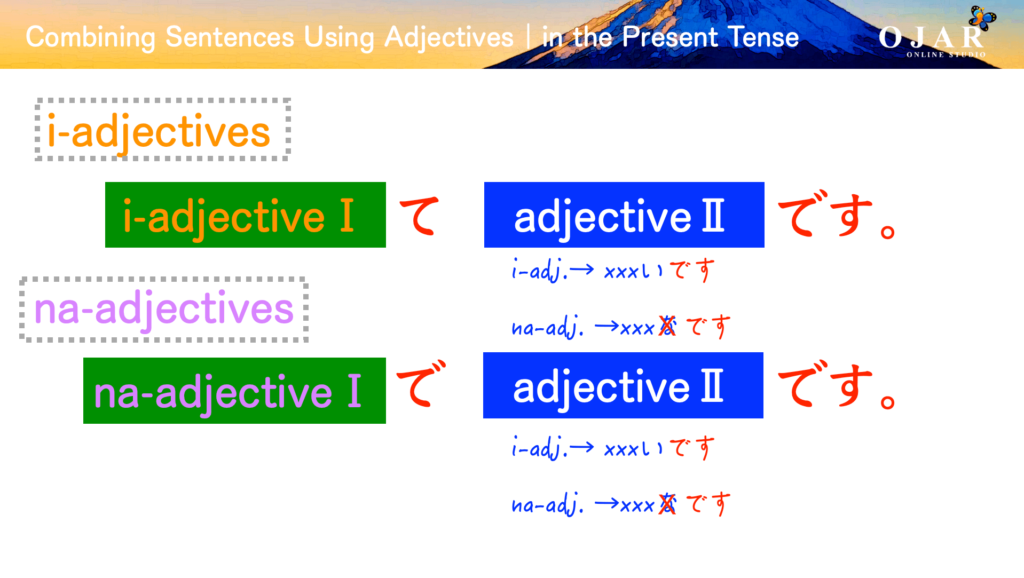
Let’s combine sentences using adj 1 and adj 2 in the present tense.
adj 1:
たぬざぶろうは 優しいです。
tanuzaburo wa yasashii desu
Tanuzaburo is sweet.
💡HINT
優しい (i-adjective) → te-form 優しくて
adj 2:
たぬざぶろうは 面白いです。
tanuzaburo wa omoshiroi desu
Tanuzaburo is funny.
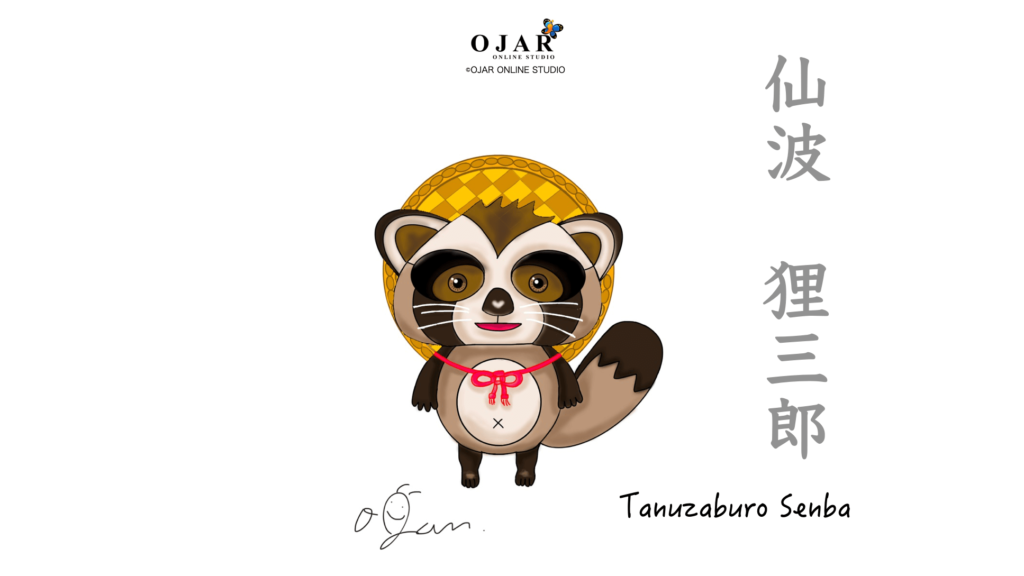
adj 1 + adj 2:
たぬざぶろうは 優しくて 面白いです。
tanuzaburo wa yasashikute omoshiroi desu
Tanuzaburo is sweet and funny.
■ Combining Sentences Using Adjectives in the Past Tense
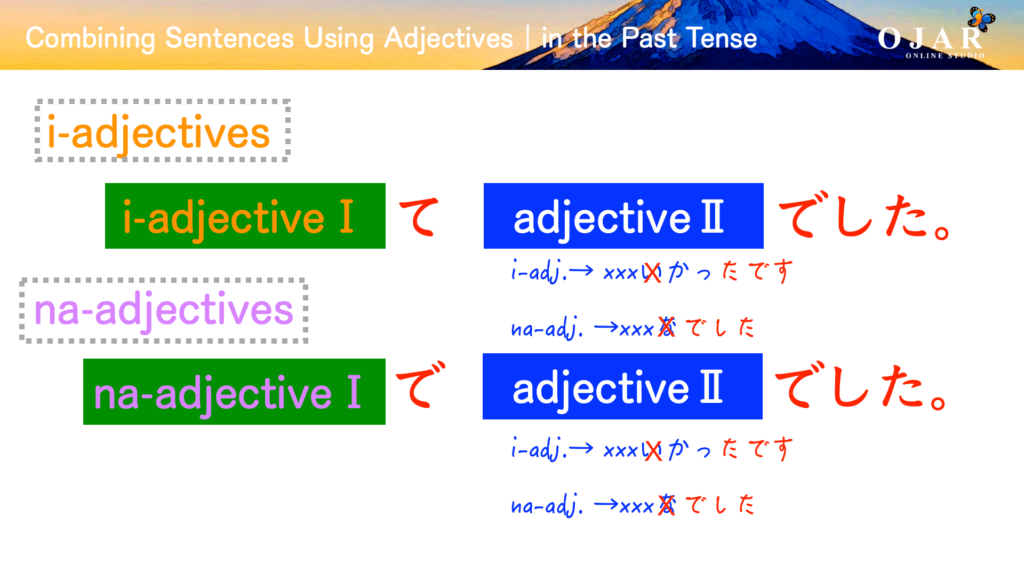
Let’s talk the states of the subject used to be.
adj 1:
お父さんは 若かったです。
otousan wa wakakatta desu
My dad was young.
💡Hint
若い (i-adjective) → te-form 若くて
⚠️CAUTION
“若いでした” is WRONG Japanese. Japanese learners often use this wrong sentence. BE CAREFUL! We use “ i-adjective ( ta-form ) + です” in the past tense.
adj 2:
お父さんは イケメンでした。
otousan wa ikemen deshita
My dad was handsome.
💡Hint
ハンサムな (na-adjective) → following でした is ハンサム
⚠️CAUTION
“イケメンだったです” is WRONG Japanese. Japanese learners often use this wrong sentence. BE CAREFUL! We use “ na-adjective omitted な + でした” in the past tense.

adj 1 + adj 2 ① :
お父さんは 若くて イケメンでした。
otousan wa wakaku te ikemen deshita
My dad was young and handsome.
🐶POINT
It is ok whichever the na-adjective or the i-adjective starts from. But you can see the difference between でした and です at the end of the sentence depending on using the i-adjective or na-adjective.
Combining Sentences Using Adjectives | Exercise 1.
N1は N2が adj.です。
You can express “N2 of N1 is adj.” with “N1 は N2 が adj.です。”. N2 is the part of N1 and you can express the states of particular N2 of N1 with this form. In other words, you can say with “N1 の N2 は adj.です。”.
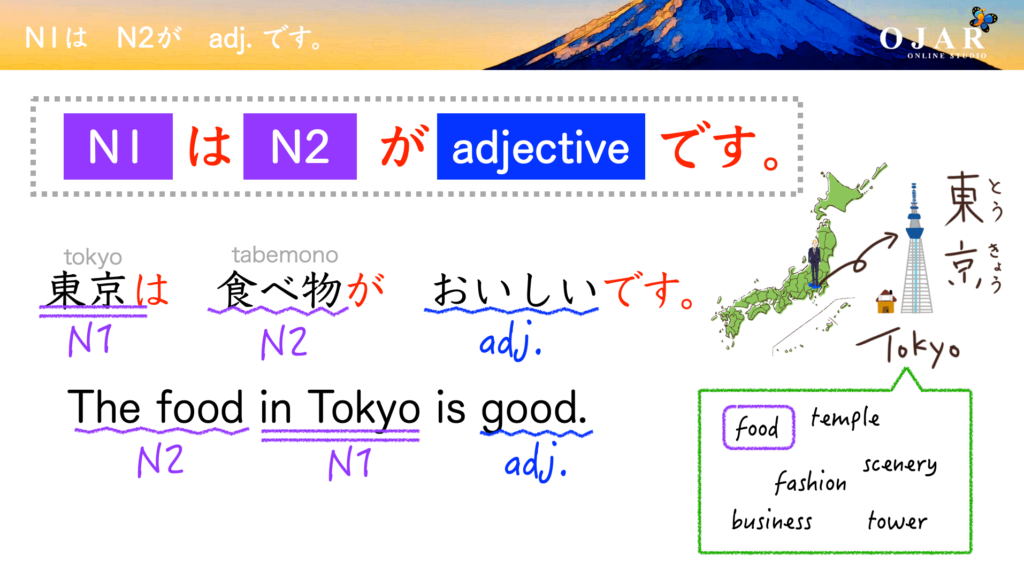
≈ 東京の 食べ物は おいしいです。 Tokyo’s food is good.
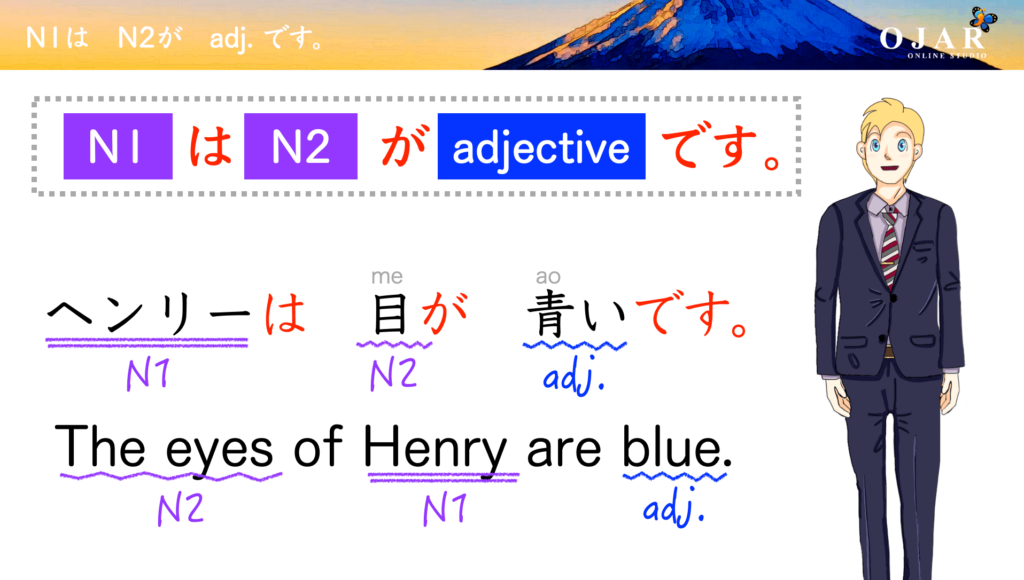
≈ ヘンリーの 目は 青いです。Henry’s eyes are blue.
Homework
Translate Japanese into English and comment below.
① 妹は 小さくて 賢いです。
💡Hint 賢い kashikoi is smart.
②大阪は たこ焼きが 有名です。
💡Hint 大阪 is Osaka and たこ焼き is Takoyaki.
Okay, that’s all for today!
Good luck with your Japanese study.🦊🍀
Minna No Nihongo: Beginner 1, 2nd Edition (Japanese)
Customer Reviews:★★★★☆
Publisher : 3A CORPORATION; 2nd Edition (March 16, 1998)
THE NEXT LESSON is:
Minna no Nihongo 17① | The Imperative Form Don’t do in Japanese
THE PREVIOUS LESSON is:
Minna no Nihongo 16 ① | Combining Sentences “V1 + V2 + V3”

